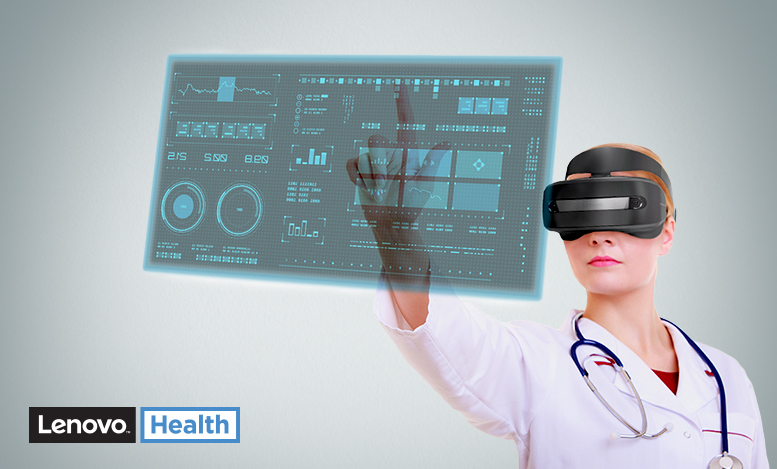Emerging technologies are less about future possibilities and more about today’s implementations. Artificial intelligence, IoT, and augmented and virtual reality are not just buzzwords. They are real tech that health systems, providers, and patients are using to improve outcomes, smooth business processes, and innovate methods of care delivery.
Virtual reality has long been part of the consumer gaming and entertainment industries. Phone-based VR has made the technology widely available in a simple, easy-to-use package while tethered VR platforms are offering more compelling and immersive experiences than ever before. Hike the Great Wall of China or meet Mickey at Disney World. What better way to help your patients ease the pain of daily infusion therapy or distract a child from the trauma of a broken arm? However, VR is useful for much more than entertainment and distraction.
For nearly 40 years, the U.S. military has been using virtual reality to simulate combat scenarios and train soldiers for real-world combat. Similarly, physicians and nurses can experience practical trauma or surgical scenarios safely and cheaply to learn before they perform. Gone are the days of trial-by-fire. The risk and cost liabilities simply do not allow it. Yet, aren’t we better off because of it? Suddenly, students are able to learn anatomy and disease process from thousands of real cases instead of the few that happen to pass through during the semester. Providers can collaborate at-a-distance using 3D DICOM images and interactive digital objects. And, medical facilities can be designed, tested, broken, and reworked on the fly before anything is ever constructed.
While virtual reality offers an escape from the confines of the real world, augmented reality aims to redefine it. Using an overlay of digital objects—rather than a completely simulated environment—the AR user is not obstructed from normal activities while using the virtual interface. Critically, this means AR can be used in parallel with existing workflows to add value when needed and get out of the way when it is not.
AR relies on a system of technologies working together. The extent of this system determines how the user can consume and manipulate data digitally. The easiest implementation of AR, again, uses the mobile phones we all carry. With the phone’s camera and display, the user can digitally project information into their field of view. Whether remote assistance, alerts and notifications, or patient-specific information, phone-based AR becomes a handy way to streamline communications and access information on-demand. More robust AR platforms combine depth sensors, computer vision, voice recognition, and other technologies into wearable devices that blend the real world with the digital.
Increasing technological sophistication and capabilities support completely new methodologies of care delivery. Connected medical devices and sensors provide real-time transparency into what happens after the physician steps out of the room. Meanwhile, artificial intelligence engines, such as Intel’s deep learning platform, crunch massive data sets understanding population trends and personal risk factors to derive unique patient recommendations. AR then helps deliver these insights when and how they are most valuable. This confluence of AI, IoT, and AR creates an ecosystem by which work can be performed in a highly precise and purpose-driven way.
Ideally, implementation of novel technologies enables physicians to focus on practicing medicine, encourages patients to participate actively in their care plans, and streamlines the operational necessities of our businesses. Only through adoption and early implementation will we make the most of emerging technologies however. Start small, learn fast, and always encourage innovation.


